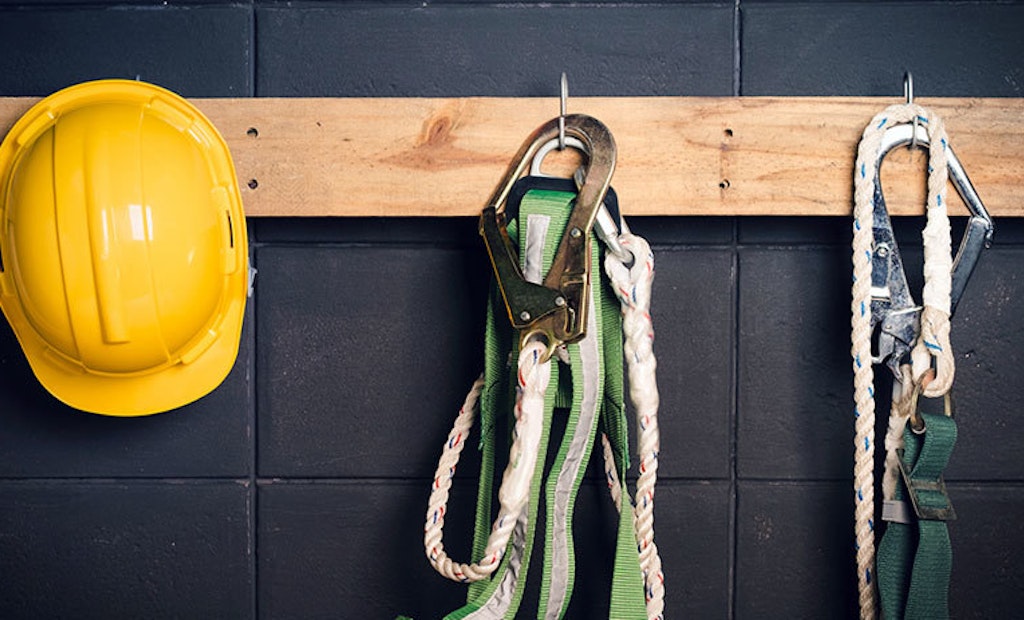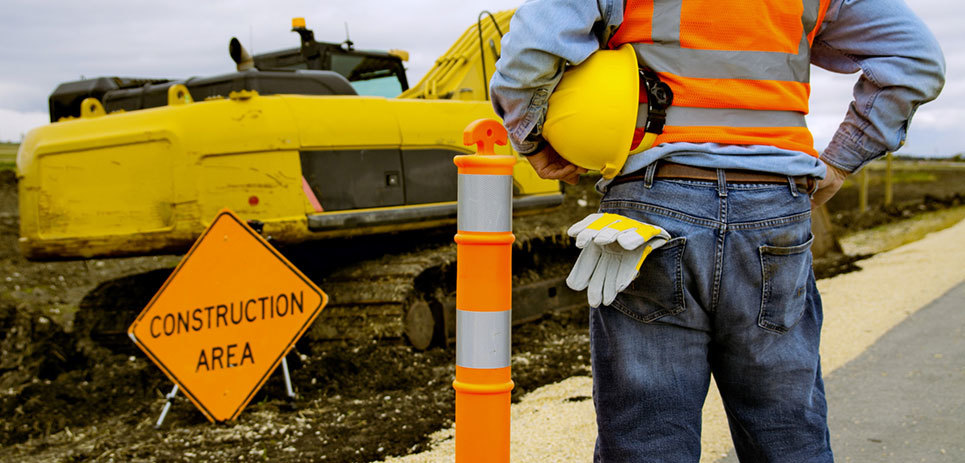Interested in Trucks?
Get Trucks articles, news and videos right in your inbox! Sign up now.
Trucks + Get AlertsThere’s no question of the value of a safe job site. A safe job site is a happy job site, which usually translates to a productive job site.
The question is how do you adopt new safety equipment that workers don’t believe they need?
With something that’s regulated such as a hardhat or safety vest it’s a no-brainer: Wear it or find another job. But with safety equipment that isn’t tied directly to a regulation, almost every worker will first ask, “Why?”
With an industry workforce at an average age of 40.4 years old, many workers are experienced and established in how they approach safety. Adopting new safety equipment requires the right combination of leadership, willingness to participate, and proof that the new way is better than the old way. These five tips will get you started.
#1: Improve, don’t disrupt
Expect pushback, especially from an experienced workforce. Plan around it. Present the new safety equipment or process as a company investment in improving the work environment first, with the safety benefits as an added bonus. For example, it’s becoming more common for workers to present training sessions to the larger team. This is a great idea as far as promoting participation. But it’s also important to conduct these sessions as part of an existing safety or production meeting. Adding a separate work disruption for an employee-led training session may lead to pushback instead of adoption.
#2: Create safety equipment advocates
Before introducing new safety equipment or mandating new processes, it helps to start with a pilot program. Ask for volunteers first. You may need to strategically assign some influential workers to fill out the pilot team. When you roll out the pilot program, identify metrics that you can use to compare to teams outside of the pilot program (e.g., productivity, number of errors, efficiency, etc.).
Creating advocates serves two primary purposes. First, you have laid the groundwork for a word-of-mouth campaign. Second, you generate a response to those workers who rely on the, “We’re happy with the way things are,” status quo.
Another benefit to pilot programs is that you can also find out if new safety equipment or processes are not necessary. Workers will appreciate the transparency and want to know that construction safety managers are protecting them from unnecessary measures, too.
#3: Use it in training
The most fertile ground for creating advocates for new safety equipment is in training. Whether you’re training new or experienced workers, if you can set aside time to “sell” them on how new safety equipment helps accomplish a task quicker or more deftly, then you’ll increase your rate of adoption.
#4: Watch technology mature
First-generation safety equipment might seem innovative and beneficial, but it may require some on-the-job experience to gain traction. Take drones. Initially, they were viewed as an expensive nuisance that weren’t worth the effort of hiring a remote control pilot, videographer and data specialist to operate. Now they’re easy enough for anyone to operate with simple video capture and intuitive data analytics software. Just because a piece of safety equipment isn’t a good fit now doesn’t mean that a few modifications won’t move the needle from disruption to improvement.
#5: It starts with “Safety Steve”
My neighbor owns an earth-moving business that specializes in public works infrastructure projects. He’s a brilliant guy running a successful business, thanks in large part to an astonishing work ethic and a commitment to safety. He refers to himself as “Safety Steve.”
He brought his young family over on the 4th of July for a safe and sane fireworks show. I provided the smoke bombs. He brought the eye protection.
Another way to combat the status quo is to adopt safety equipment at the top. As the owner of his construction company, Safety Steve holds a lot of influence over his employees and subcontractors. If you’re struggling with safety equipment adoption on your job site, then make sure your biggest advocates are the company ownership or on-site managers.
All of this falls under the banner of a job site’s safety culture. The right culture has safety ingrained but not overhyped. The safety manager is there to help keep the workforce safe and prevent disruptions from unnecessary safety equipment and processes. Too much safety, or safety without representation, can frustrate workers. The last thing you want to do is to make safety a barrier to success.
For information on how Sonetics wireless headsets can increase safety on your job sites, call 800-833-4558 or contact Sonetics.






